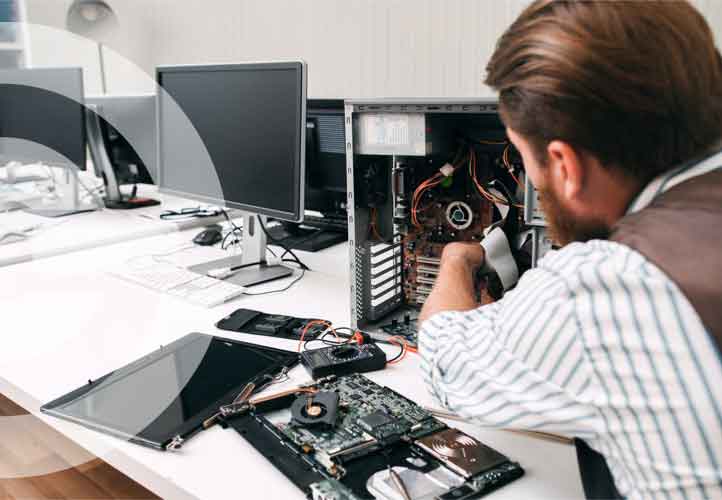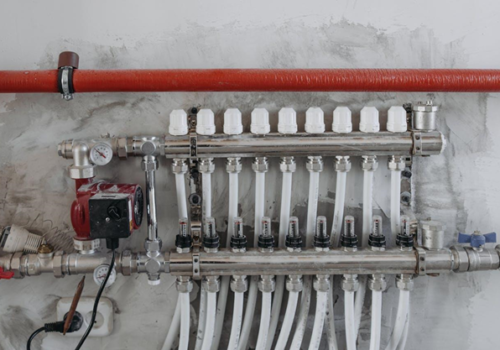Enhance Performance with IT Hardware Maintenance Services
IT hardware maintenance services play a pivotal role in ensuring the seamless functioning of a company’s technology infrastructure. From troubleshooting technical issues to enhancing system performance, these services are essential for businesses looking to maintain operational efficiency and minimize downtime.
Understanding IT Hardware Maintenance Services
IT hardware maintenance services involve the upkeep, repair, and optimization of an organization’s physical IT components, such as servers, workstations, network devices, and storage systems. This proactive approach aims to prevent malfunctions, extend the lifespan of hardware assets, and maximize their performance through regular monitoring and maintenance.
The Functioning of IT Hardware Maintenance Services
IT hardware maintenance services typically begin with an assessment of the existing hardware infrastructure to identify potential issues or areas for improvement. This is followed by routine inspections, diagnostics, and repairs to address any problems detected. Service providers may also offer proactive measures like firmware updates, component replacements, and system optimizations to ensure optimal performance.
Why Opt for External IT Hardware Maintenance Services Over In-House Solutions
External IT hardware maintenance services offer several advantages over in-house alternatives. By engaging external providers, companies can access a broader pool of specialized expertise and experience without the need for extensive recruitment or training efforts. Additionally, outsourcing reduces operational overheads associated with maintaining an internal team dedicated solely to hardware maintenance tasks.
Benefits of Engaging External IT Hardware Maintenance Services
- Cost-Efficiency: Outsourcing IT hardware maintenance services can result in cost savings compared to maintaining an in-house team due to lower labor costs and streamlined service delivery.
- Specialized Expertise: External providers bring a depth of knowledge across various hardware platforms and technologies, ensuring efficient troubleshooting and targeted solutions.
- Focus on Core Business Activities: By offloading hardware maintenance responsibilities to external experts, organizations can redirect their resources towards core business functions without compromising on IT performance.
- Scalability: External service providers offer scalable solutions that can adapt to changing business needs without requiring additional investments in infrastructure or personnel.
Key Considerations Before Hiring External IT Hardware Maintenance Services
Before engaging external IT hardware maintenance services, businesses should consider the following:
- Service Level Agreements (SLAs): Ensure that the service provider offers clear SLAs outlining response times, resolution processes, and escalation procedures for different types of issues.
- Security Protocols: Verify that the provider adheres to stringent security protocols to protect sensitive data and prevent unauthorized access during maintenance activities.
- Vendor Partnerships: Check if the service provider has partnerships with leading hardware manufacturers to facilitate genuine parts replacements and warranty support.
- Feedback and Reviews: Research customer feedback and reviews about the service provider’s track record in delivering reliable hardware maintenance solutions within agreed timelines.
Types of Services Offered by External IT Hardware Maintenance Providers
External IT hardware maintenance providers offer a range of services tailored to meet diverse business requirements:
1.Preventive Maintenance: Scheduled inspections, cleaning, and diagnostics aimed at identifying potential issues before they escalate into major malfunctions.
- Corrective Maintenance: Rapid response assistance for troubleshooting unexpected breakdowns or technical glitches in the hardware infrastructure.
- Hardware Upgrades: Installation of new components or firmware updates to enhance system performance or extend the lifespan of existing hardware assets.
- Asset Management: Inventory tracking, documentation management, and asset optimization strategies to streamline operations while minimizing costs related to excess inventory or underutilized resources.
In conclusion, IT hardware maintenance services are indispensable for businesses looking to ensure the reliability, performance, and longevity of their technology infrastructure. By outsourcing these services to experienced providers, companies can benefit from specialized expertise, cost-efficiency, and streamlined operations. Before engaging external IT hardware maintenance services, it is crucial to consider factors such as service scope, response times, and service level agreements to ensure that the chosen provider aligns with the company’s specific needs and expectations. With the right partner in place, organizations can optimize their IT investments and focus on driving business growth without being hindered by technical disruptions or equipment failures.





